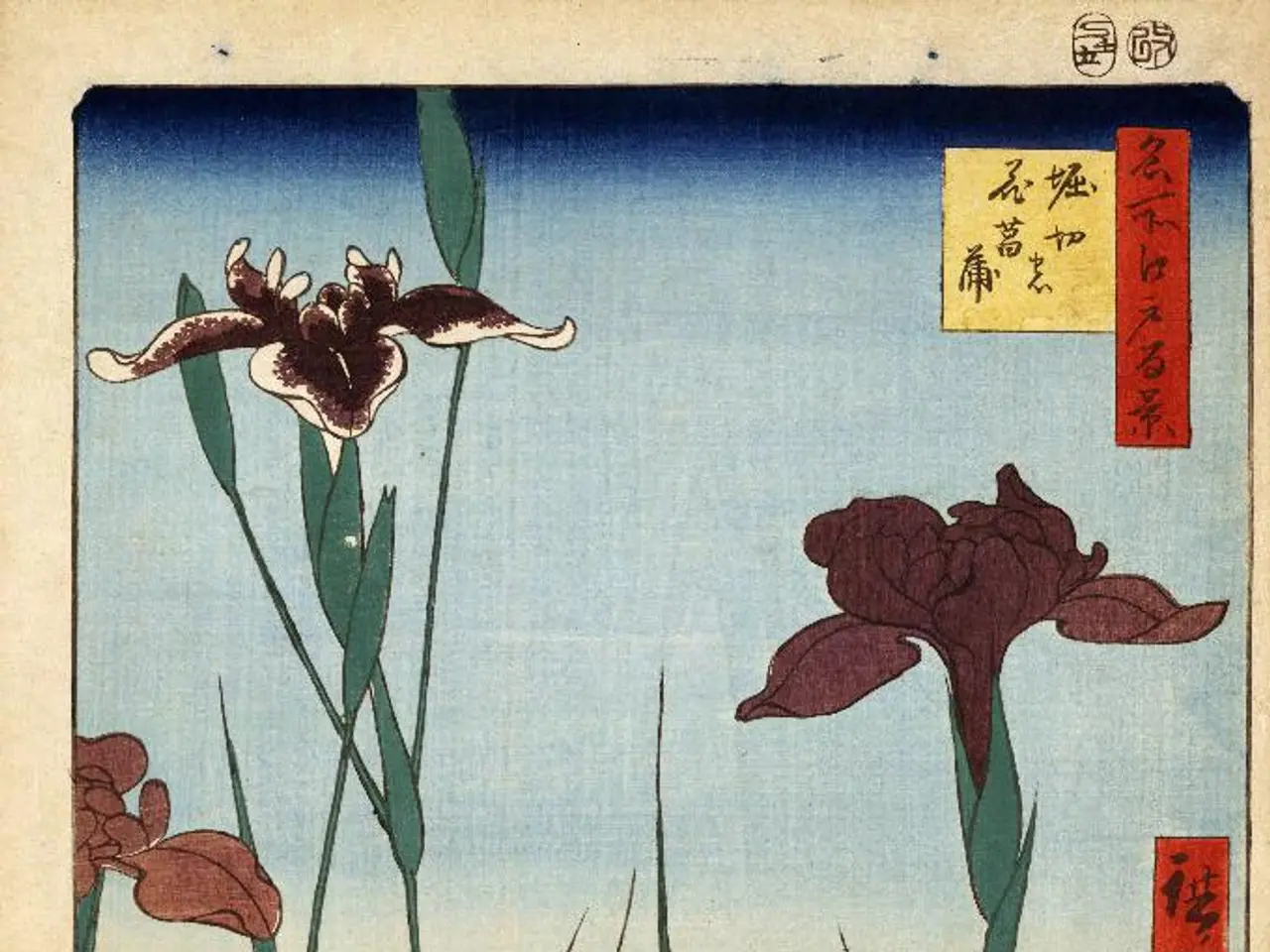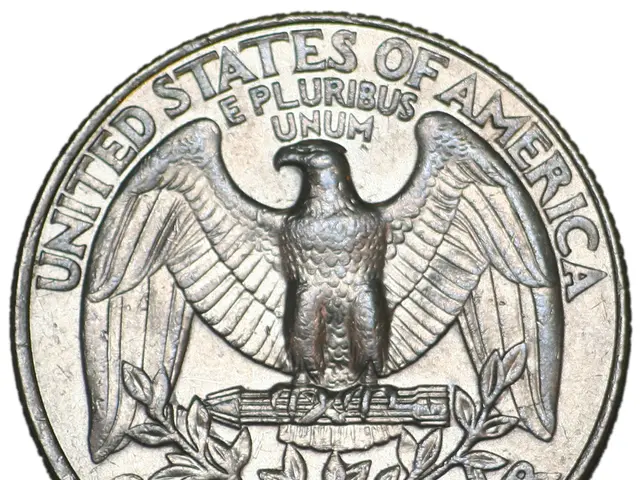USDA GardenZone Maps of New York: Identifying Ideal Growing Conditions Across the State
In the heart of New York, the vibrant colours of spring, summer, and autumn blooms are a sight to behold. But did you know that the success of these gardens lies in understanding the plant hardiness zones?
The United States determines the garden plant hardiness zones based on average annual minimum winter temperatures calculated from 30 years of weather data. The most recent USDA Hardiness Zone Map update, released in 2023 using data from 1991-2020, divides the country into 13 zones, each split into 'a' and 'b' subsections. In New York, zones range roughly from 4a in the coldest upstate areas to 7b in the warmer southern and coastal parts.
| Zone | Description | |-------|-----------------------------------------------------------| | 4a | Coldest areas, mainly in northern and higher elevation upstate regions of New York | | 4b | Surrounding areas slightly warmer than 4a | | 5a-5b | Broad upstate regions with moderate winter lows | | 6a-6b | More southern and some suburban areas around New York City and Hudson Valley | | 7a-7b | Warmer zones including parts of New York City boroughs and coastal areas |
This gradation reflects the temperature differences within the state influencing plant survival and garden planning. It's important to note that the map does not guarantee the success of plant growth. Gardeners should be aware of this limitation and do their research before incorporating any flower, shrub, or tree into their landscape.
The hardiness map does not account for all factors affecting plant growth, so additional research is necessary. Elevation and proximity to large bodies of water affect the winter extreme low temperatures shown on the map. Therefore, gardeners should consider these factors when deciding what to plant.
Most growers have adopted the plant hardiness information, and it's often included on the care instructions tag on flowers, shrubs, and trees. For more gardening tips, videos, and information, sign up for our platform's newsletter, which also provides a free copy of the e-book "How to Grow Delicious Tomatoes".
The USDA began producing plant hardiness maps in 1960, and a new map was released in 2023, replacing the previous 2012 map. The newest USDA plant hardiness map is more sophisticated than previous versions but is not a guarantee. Those living in zone 4a may not be able to grow the same plants as those in 7b due to temperature differences.
So, the next time you're planning your garden, remember to consult the New York planting map, which indicates planting regions specific to the state of New York. Happy gardening!








